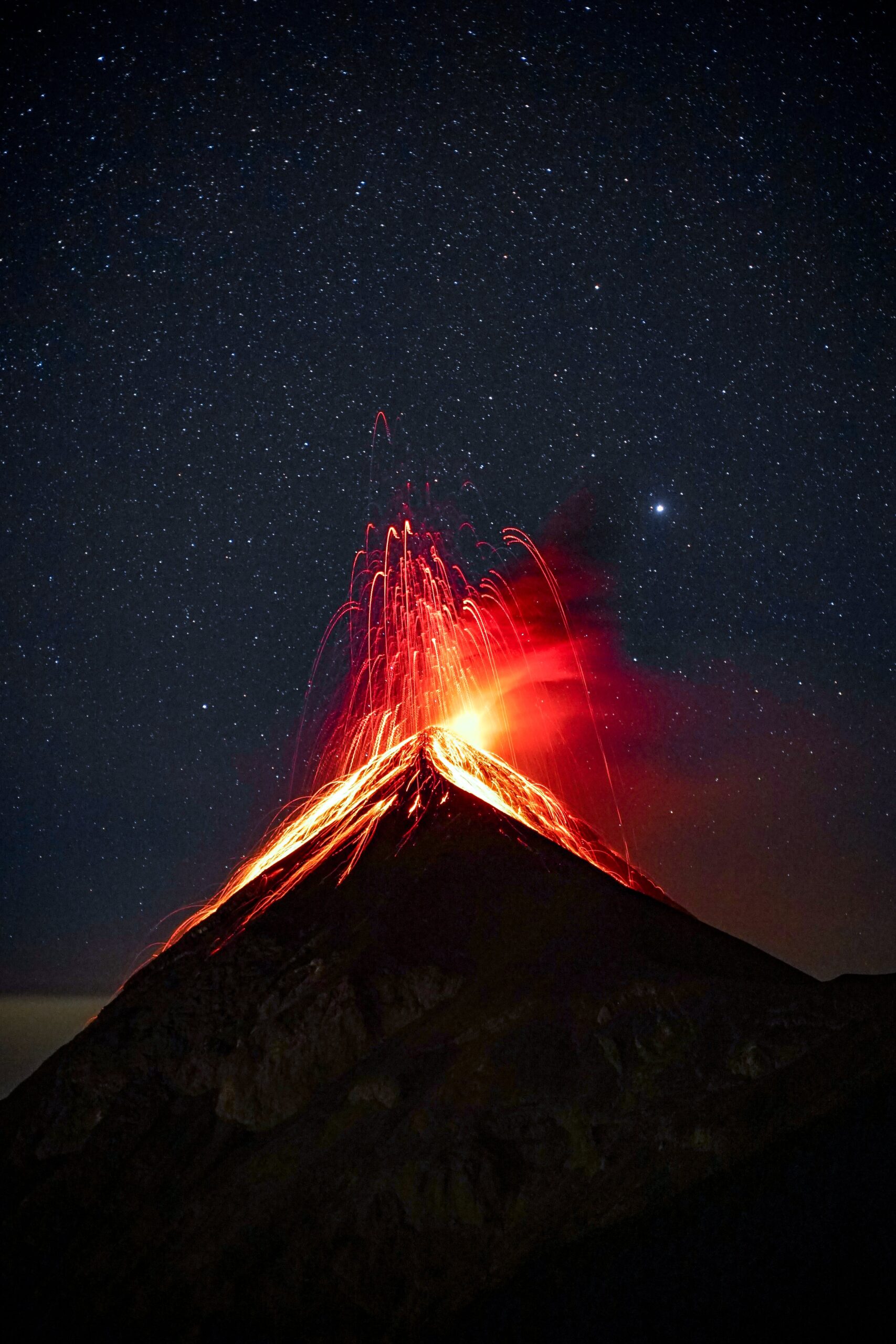While Italy boasts the famous Vesuvius, the current ominous volcanic peril lies in the lesser-known Campi Flegrei, or the Phlegraean Fields. This expansive caldera spans 200 kilometers beneath the Bay of Naples, housing multiple active volcanoes, many submerged. With 800,000 residents and extensive infrastructure, over 500,000 people reside in the high-risk “red zone,” and 3 million more live nearby. The region last experienced a significant eruption in 1538, and seismic activity has heightened since December 2022, signaling a potential reawakening.
The area, located less than 50 kilometers from Vesuvius, often encounters bradyseism, characterized by ground uplift and descent cycles. Positive bradyseism is currently observed, accompanied by a surge in earthquakes. In 2023 alone, Campi Flegrei has recorded over 3,450 earthquakes, significantly surpassing the previous year’s count. With the ground movements intensifying, concerns about a possible eruption have escalated.
Dr. Giuseppe De Natale, from Italy’s National Institute of Geophysics and Volcanology, suggests two potential causes for the heightened seismic activity. The first, more perilous scenario involves magma intrusion from the deep chamber, while the second, deemed more likely, points to significant degassing at the same depth. The release of gases by magma could lead to ground fracturing, a precursor to volcanic eruption.
Despite the local population’s concerns about drilling exacerbating seismic activity, plans to explore the caldera were approved in 2009. A 2012 mission led by De Natale aimed to drill a 501-meter pilot hole but faced interruptions, and no further drilling is planned. Recent evacuation plans have been revised, aiming to relocate half a million people over 72 hours, drawing skepticism from locals about road capacities.
Scientists, cautious due to past legal ramifications, avoid precise predictions. The supervolcano, responsible for ignimbritic eruptions like the one 39,000 years ago, poses potential challenges. The last notable eruption in 1538 created the Monte Nuovo cone, a relatively small event, but its impact today, given urbanization, could be substantial. Preparedness measures include halting construction in Campi Flegrei and improving evacuation routes for the densely populated area.
The unpredictable nature of supervolcanoes emphasizes the importance of readiness for all potential outcomes, highlighting the need for careful planning and public awareness.
![]()
